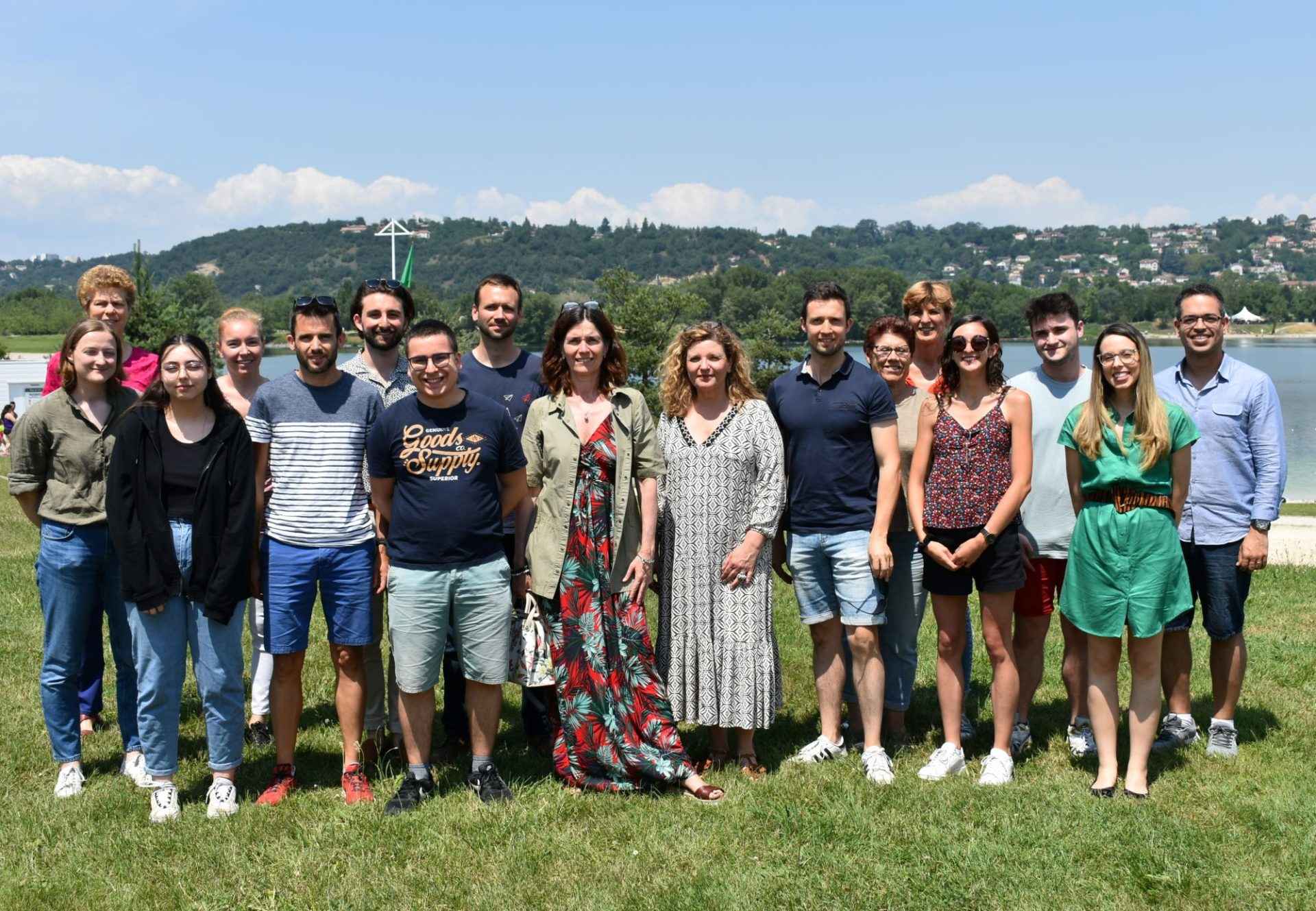Presentation
Our team was initially created in 2011 (Glucolipotoxicity, Metabolic stress and Diabetes), with the objective of identifying common mechanisms leading to alteration of insulin action and secretion, in order to propose new preventive and/or therapeutic strategies targeting the two components of type 2 diabetes (T2D). We focused on the involvement of the mitochondria and the endoplasmic reticulum (ER) in the functional alterations of the liver, muscle and pancreatic beta cells, highlighting for the first time a key role of the structural and functional interactions between these two organelles in the alterations of insulin action and secretion during T2D.
Our team was then renewed in 2016-2020 (Organelle communication and diabetes, ORCADIA), to study the mechanisms by which mitochondria-ER interactions are involved in the pathogenesis of T2DM and to determine whether the control of these interactions could constitute a new target to improve the action and secretion of insulin in T2DM.





